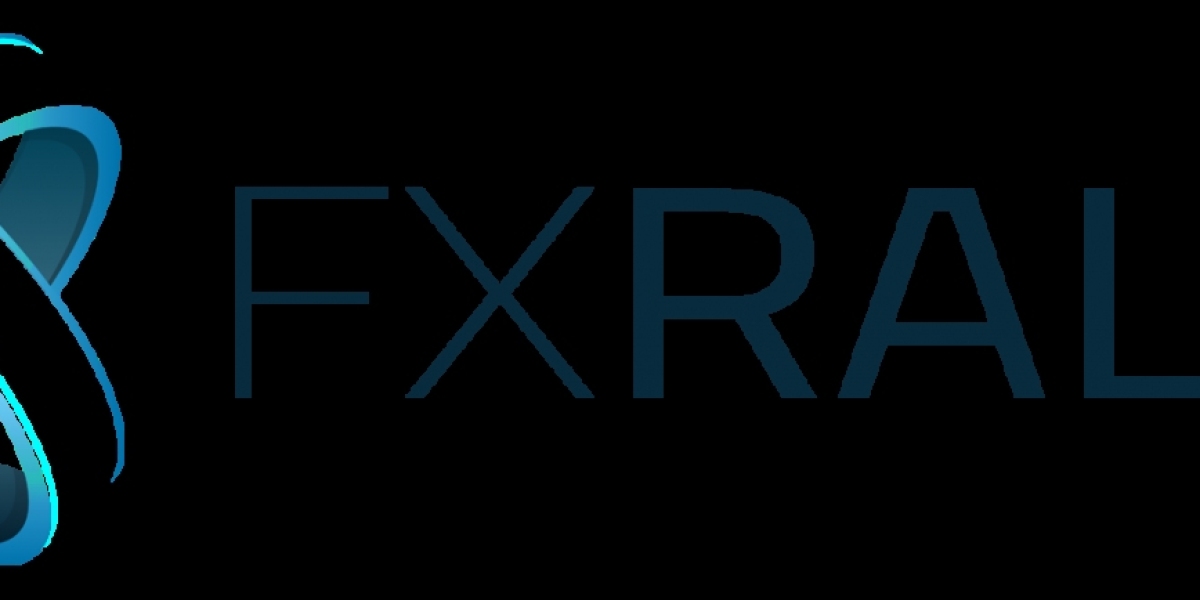Understanding NFPA 13:
NFPA 13 is the cornerstone for ensuring effective fire protection through automatic sprinkler systems. It offers comprehensive regulations and guidelines, addressing various aspects of sprinkler system design to enhance the safety of both people and property.
Key Components of NFPA 13:
- System Design and Installation:
- NFPA 13 provides detailed criteria for designing and installing sprinkler systems, encompassing factors like water supply requirements, pipe materials, and the spacing and location of sprinkler heads.
- Sprinkler Head Specifications:
- The standard outlines specifications for different types of sprinkler heads, including their temperature ratings, response characteristics, and positioning within a space.
- System Hydraulic Calculations:
- NFPA 13 delves into the hydraulic calculations necessary for designing an effective sprinkler system. It considers water flow, pressure, and pipe sizing to ensure optimal performance during a fire event.
- Water Supplies and Fire Pumps:
- The standard addresses the sources of water supply and the role of fire pumps in maintaining adequate pressure. It also provides guidelines for ensuring reliability and redundancy in water supply systems.
- Inspection, Testing, and Maintenance:
- NFPA 13 outlines procedures for the regular inspection, testing, and maintenance of sprinkler systems. This ensures that the systems remain in proper working condition and are ready to respond effectively in case of a fire.
Benefits of NFPA 13 Compliance:
- Enhanced Fire Protection:
- Adhering to NFPA 13 ensures that buildings are equipped with reliable and effective fire sprinkler systems, significantly reducing the risk of fire-related damages.
- Code Compliance:
- Many jurisdictions adopt NFPA standards as part of their building codes. Compliance with NFPA 13 is often a legal requirement, and adherence helps avoid legal complications.
- Insurance Premium Reduction:
- Insurance providers often offer reduced premiums for buildings that meet or exceed NFPA standards. Compliance demonstrates a commitment to safety, reducing the perceived risk for insurers.
- Peace of Mind:
- NFPA 13 provides a comprehensive framework that instills confidence in building owners, occupants, and emergency responders. It ensures that fire protection measures are thoroughly planned and implemented.
Conclusion:
NFPA 13 serves as a linchpin in the establishment of effective fire protection strategies, particularly through automatic sprinkler systems. Its guidelines, ranging from system design to routine maintenance, play a vital role in minimizing the impact of fires on structures and, most importantly, on human lives. As we navigate the complexities of fire safety, NFPA 13 stands as a beacon, guiding the way towards a safer and more resilient built environment.









